Posted:Aug 13, 2020
Zine’s Mate Opening
Tokyo’s first art book fair got off to a fun and bustling start.

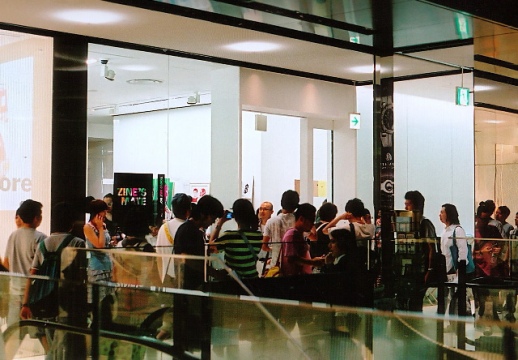
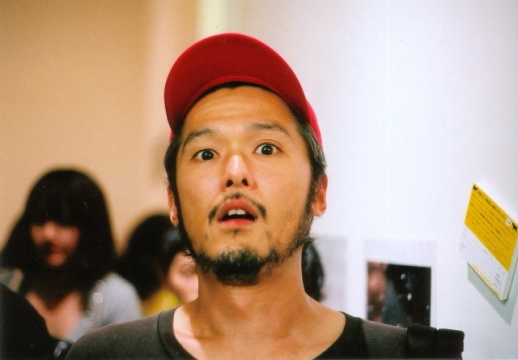
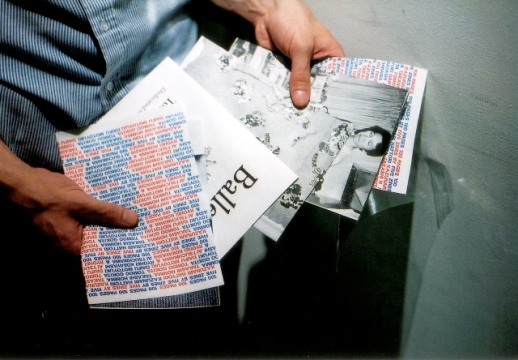
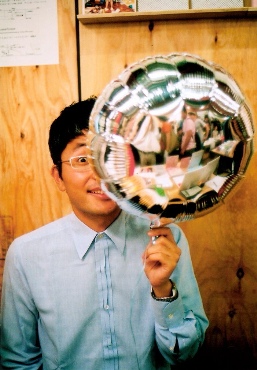
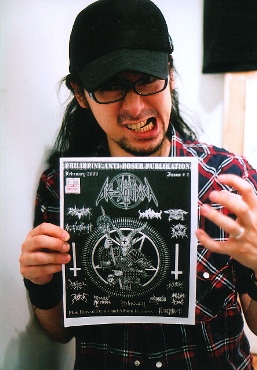
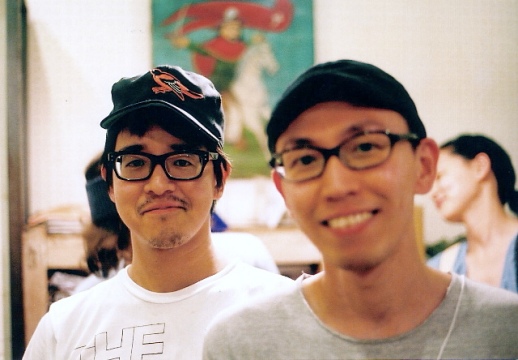
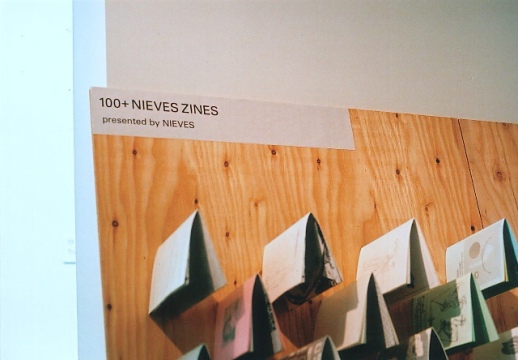
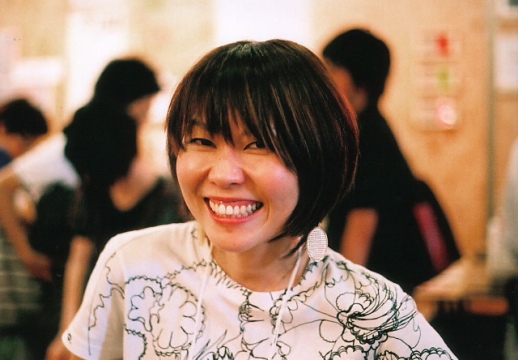
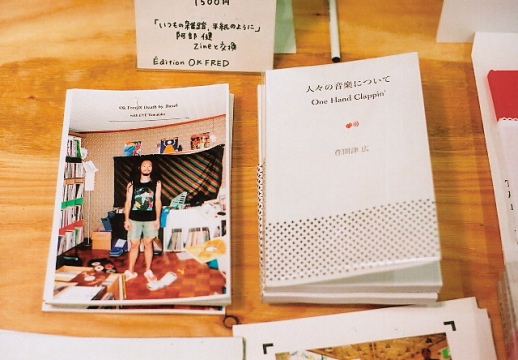
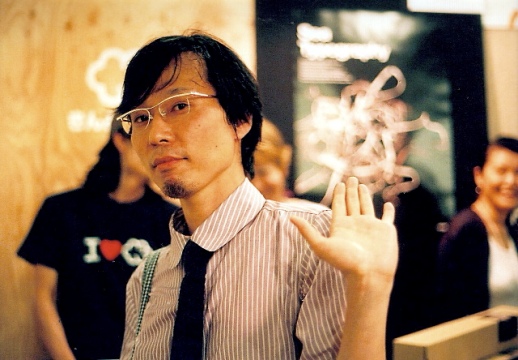
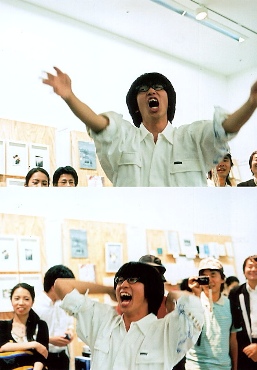
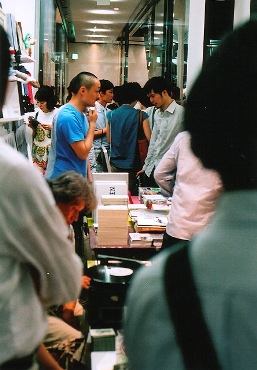
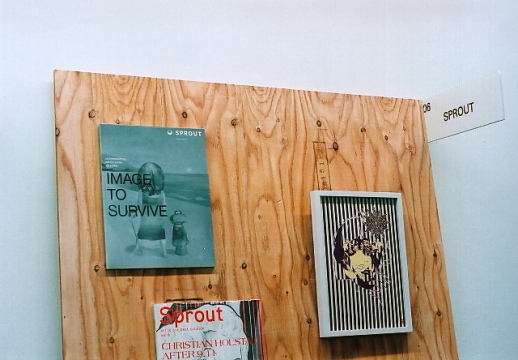
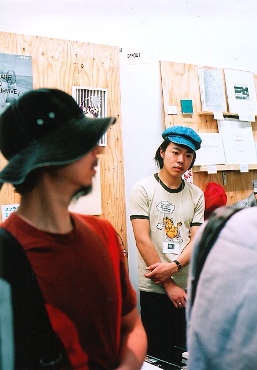
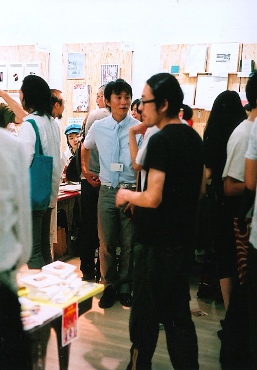
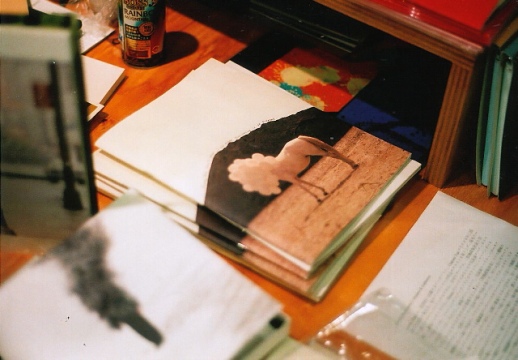
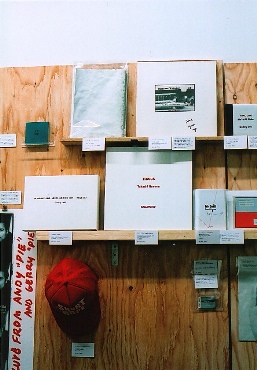
Cameron McKean
Cameron McKean
Cameron is an Australasian writer based in Tokyo. Born in Australia in 1982, he later moved to New Zealand to study Cognitive Psychology and Sociology at the University of Auckland, completing research on the formation of mental categories and the rituals surrounding local graffiti production. He has been working in Japan since 2008, contributing to a range of English publications, and co-editing <em>Too Much: Magazine of Romantic Geography</em>. He is interested in lived experience, space, craft and contemporary culture, with a focus on Japan.
Loading.................................................



